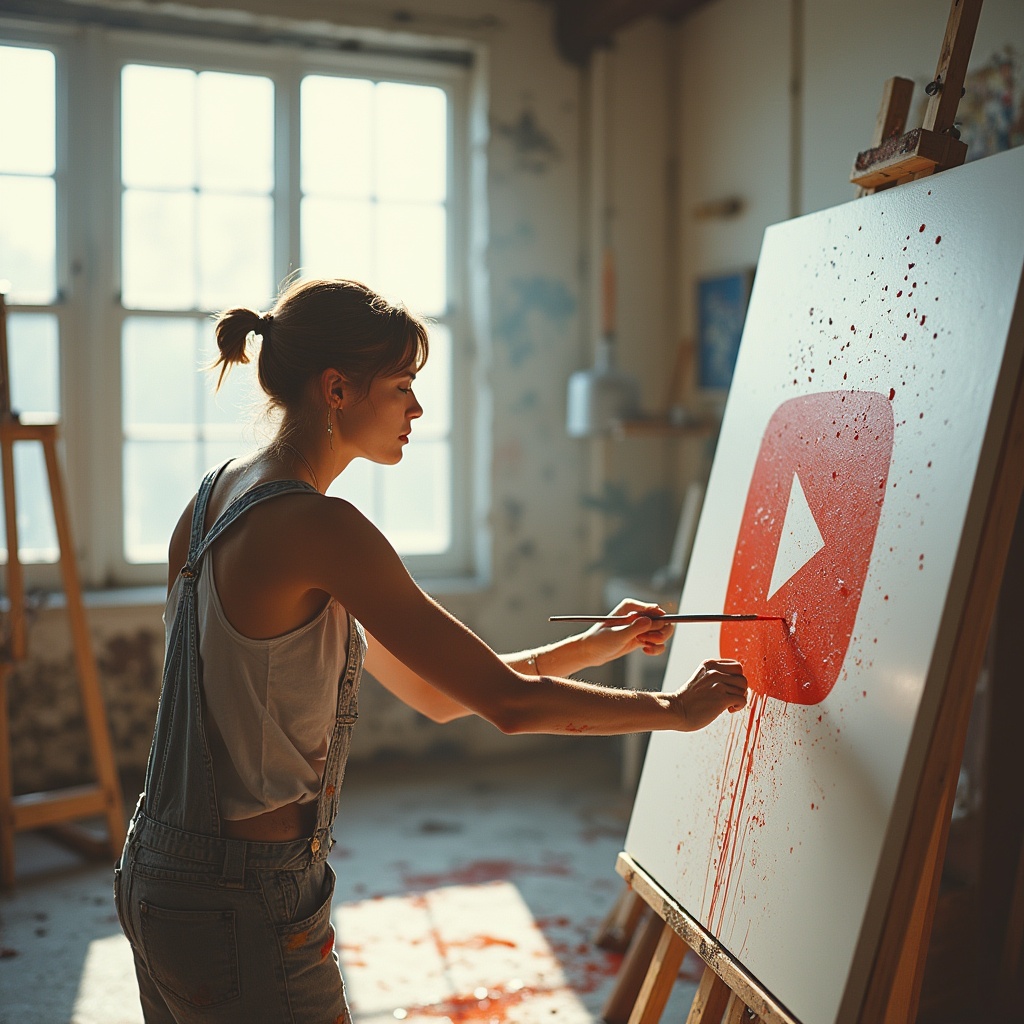The first time someone asked if paying for YouTube promotions was worth it, I scoffed out loud—and quickly dodged the question. After years of repeating the conventional wisdom ('don't do it!'), I realized my advice was hollow since I'd never actually tried a real campaign. So I finally grabbed my credit card and dove into the world of YouTube advertising, determined to find the real story. What happened next surprised me—some of it in good ways, most of it in weird, head-scratching ones. Here’s what unfolded (spoiler: it’s not as simple as 'pay and win').
That Awkward First Step: YouTube Promotions Up Close
For years, I hesitated to try YouTube advertising. I’d heard all the advice—seasoned YouTubers saying paid promotions weren’t worth it for small channels. But deep down, it felt like I was missing something. If I'm gonna really dive deep and try to figure out YouTube and the algorithm, shouldn't I create a campaign? That question finally pushed me to test YouTube marketing for myself.
Setting up the promotion was surprisingly straightforward. I spent $200 on a two-week campaign, targeting men over 40 in the US, UK, and Canada. YouTube made it easy to select my audience by location and demographic. When my ad went live, I actually spotted it while browsing—an odd, almost surreal feeling. Even more interesting, I noticed other small creators running similar YouTube promotions. It made me realize just how common this approach is, despite the skepticism. The reality? YouTube promotion results aren’t just theory—they’re something you can see and measure firsthand.

A Closer Look at the Numbers: Expectations vs Surprises
I set my YouTube ad campaign to run for about fourteen days, with a daily budget of roughly $13. In total, I spent $200. According to YouTube statistics, this should have brought in anywhere from 1,300 to 6,100 views. That’s a wide range, but it sounded promising. YouTube claims that higher ad spend improves targeting accuracy, stating,
YouTube mentions that if you spend more, the targeting gets better because YouTube can see what types of audiences are responding to your video.
But is that really true for smaller creators?
When I looked for advice, most tips came from already successful YouTubers. Their results—huge subscriber gains and repeat viewers—felt out of reach. For me, the increased exposure didn’t translate into lasting engagement. The boost in views was real, but watch time and recurring viewers barely moved. Research shows that paid promotions can lift raw numbers, but true retention and growth are much harder to buy. In the end, the campaign felt more anti-climactic than transformative.

Learning from Others: Real-World YouTube Promotion Case Studies
Before spending on YouTube promotions, I wanted to see what happened to other small creators who tried it. Matt and John both ran their own YouTube promotion case studies, and the results were eye-opening. Matt ran three $100 tests. In the first,
He ran one specific test with one hundred dollars and gained a hundred and thirty five YouTube subscribers.
The second time,
He added another additional hundred dollars. This time he received over eleven thousand YouTube views and gained eight hundred and seventy five subscribers.
But the third $100 only brought 51 subs from 404 views. The wild swings came down to targeting—more countries meant cheaper subs, but those subscribers rarely stuck around.
John’s approach was different. He spent just $5 over three days and saw a quick spike—over 400 new subs—but the boost faded fast. Digging deeper, I noticed both channels saw view drop-offs after promotions ended. Research shows YouTube promotion results can be unpredictable, and subscriber growth often stalls unless content or engagement improves.

The Hidden Cost: When to Skip Paid Promotions and Invest Elsewhere
After spending $200 on YouTube paid promotions, I had to ask myself—was it really worth putting off buying other production gear? The cost per subscriber landed around ninety cents, not outrageous, but not exactly budget-friendly either. For example, I could save and put two hundred dollars towards a new lens, or, this is a a microphone that I use all the time. That $100 microphone brought more value and joy than the ad ever could.
Frustrated, I quit the promotion early and redirected my money into tools and experiments. Instead of ads, I started exploring YouTube video optimization—testing thumbnails, hiring designers, and boosting watch time for free. Check this out. And this is a result that just wrapped on October twelfth. Thumbnail A/B testing showed a winning design with 40% watch time versus 29% for the losing version. Research shows that for small creators, YouTube thumbnail testing and focusing on watch time can often drive better growth than unpredictable ad campaigns.

My Wild Card Theory: The Law of Diminishing Returns (YouTube Edition)
Here’s a quirk I’ve noticed with YouTube channel growth strategies: each round of paid promotion seems to deliver less unpredictable upside. Why does this happen? After running several ad campaigns, I started to wonder—what if every dollar you spend after the first is worth less than the last? It’s a bit like planting seeds in the same spot over and over; eventually, nothing new grows unless you change the soil.
I’ve seen friends pour hundreds into ads, only to find fewer loyal viewers than those who focused on optimizing their content or thumbnails. As one creator put it,
“Why is there such a huge difference in subscriber gain when you spend a hundred dollars? And the answer is found here on the targeting page.”
Repeated ad cycles often return lower engagement and don’t guarantee more YouTube video views or loyal fans. If I had to lose $100, I honestly might gamble on creating a new video instead of another ad push.

Conclusion: The Real (Messy) Math of YouTube Marketing for Small Channels
After all the experiments and late-night analytics checks, I’ve realized the hype around YouTube promotions doesn’t always match reality. Sure, ads can give you a quick spike in views or subscribers, but that’s not the same as real, lasting growth. From what I’ve seen—and what research on YouTube marketing effectiveness confirms—creative strategies like thumbnail testing and watch-time optimization make a bigger impact than simply boosting a video with an ad budget.
Take John, for example. His best-performing videos weren’t the ones with the most money behind them, but the ones with great thumbnails and engaging delivery. When I started testing different thumbnails, the results were clear: a winning thumbnail nearly doubled my watch time share. That’s the kind of growth you can’t buy.
YouTube promotions might give you a quick subscriber or view boost, but sustainable channel growth demands more creative strategy—like thumbnail testing and watch-time optimization—over simply throwing money at ads.
So next time, before hitting “Promote,” ask yourself: could experimentation get you further?
A big shoutout to @BriangjohnsonTv for the fantastic content! Be sure to check it out here: https://youtu.be/H3Qk4SMEm-4?si=TBZsARJyGqa30tvF.



